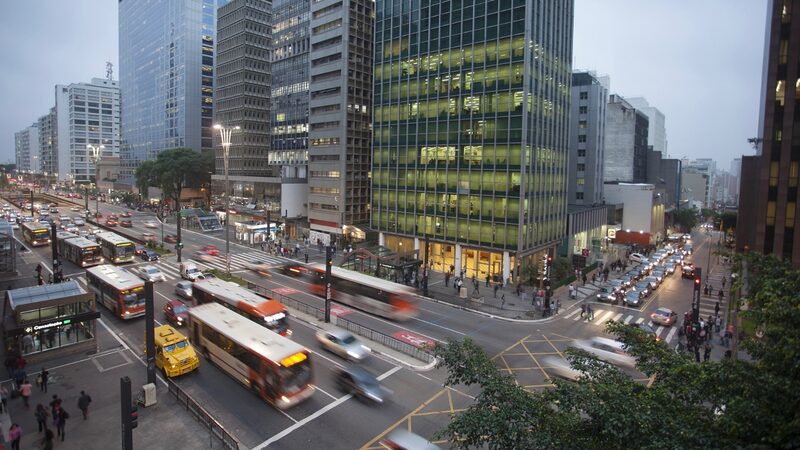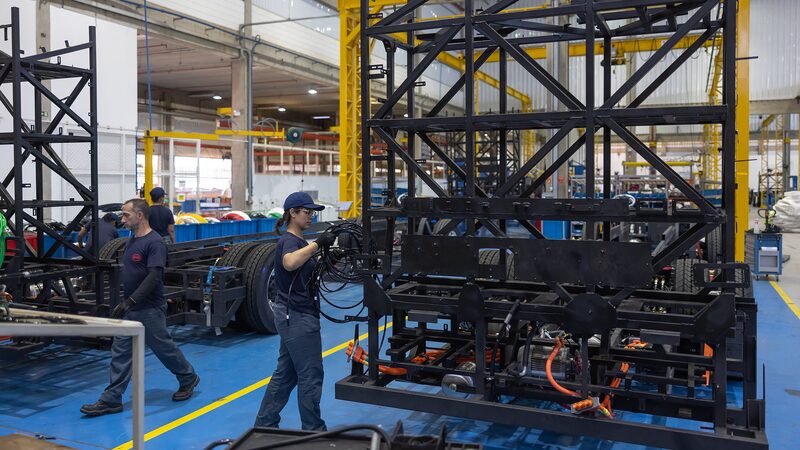Move over, traditional power blocs – BRICS is rewriting the rules of global collaboration! 🌐 The coalition of Brazil, Russia, India, China, and South Africa has evolved into an 11-member powerhouse, with its upcoming 2025 Rio summit set to welcome 10 partner countries. This isn’t just a meeting; it’s a tectonic shift in how emerging economies collaborate.
From Fab Five to Global Game-Changers
China’s 2017 "BRICS Plus" model supercharged the group’s reach, creating what Professor Xu Xiujun calls "the most important platform" for Global South solidarity. Over 100 countries and organizations have now joined the conversation, proving you don’t need legacy institutions to drive change.
New Members, New Momentum
After welcoming Saudi Arabia, Egypt, UAE, Iran, and Ethiopia in 2024, BRICS isn’t just growing – it’s glowing 🔥. The 2024 Kazan summit marked the start of what experts call "institutionalized Global South power," challenging outdated economic models while pushing for inclusive globalization.
Why This Matters for You
Whether you’re a student tracking global trends or an entrepreneur eyeing emerging markets, BRICS’ expansion means:
- 🌱 New trade corridors beyond traditional Western hubs
- 💡 Collaborative tech and sustainability initiatives
- 🤝 A louder voice for developing nations in climate and finance talks
As BRICS gears up for its landmark 2025 summit, one thing’s clear: The Global South isn’t just rising – it’s building its own table instead of waiting for a seat at someone else’s. 🚀
Reference(s):
How is greater BRICS cooperation reshaping the Global South's future?
cgtn.com





